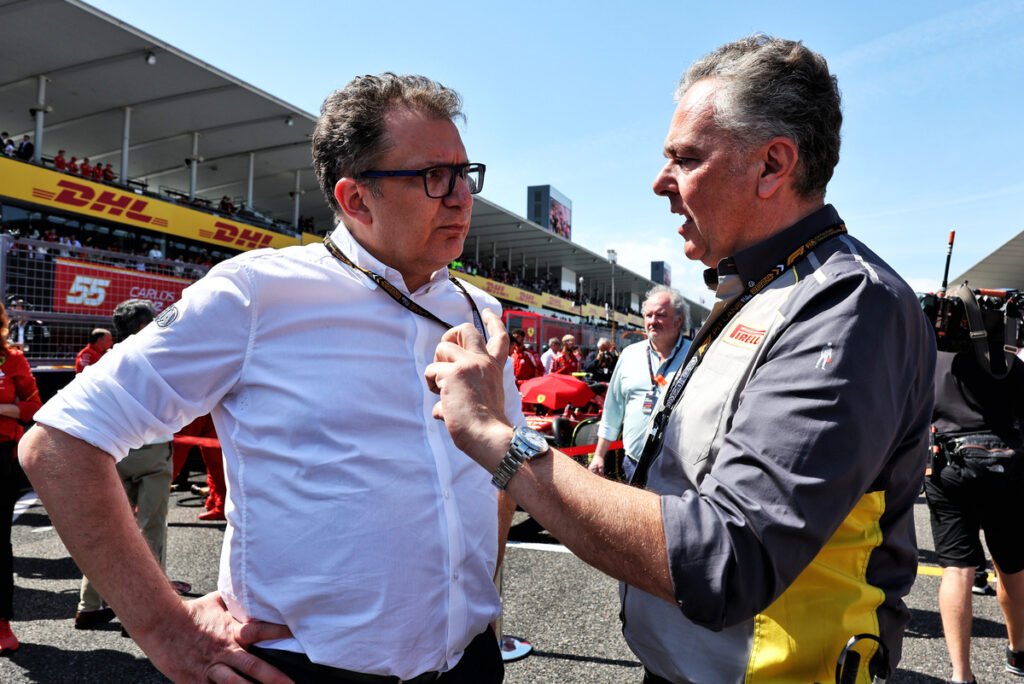Formula 1’s Single-Seater Director Nikolas Tombazis Clarifies Functionality of Movable Aero Systems in 2026 Regulations
In a bid to address reliability and safety concerns surrounding the proposed movable aero systems in the draft 2026 Formula 1 regulations, FIA’s Single-Seater Director Nikolas Tombazis has shed light on the functionality of the system.
Last Thursday, the FIA unveiled a draft set of chassis and aerodynamic regulations for the 2026 F1 season, featuring several changes to the current Formula 1. One of the key inclusions is the introduction of movable front and rear wings, enabling cars to switch between high and low drag between corners and straights. This innovation is deemed necessary to facilitate energy recovery amidst high-speed running, given the 2026 power units’ increased reliance on electric propulsion.
However, concerns have been raised regarding the safety of the movable aero system, with some speculating about the automated operation between high and low drag. Tombazis has moved to clarify that control will remain predominantly in the hands of the drivers, similar to the Drag Reduction System (DRS), and rigorous testing will be conducted to ensure failures of the system are avoided.
“The general line we will follow is similar to the DRS,” Tombazis explained to select media, including Motorsport Week. “So, the DRS, you need to tick the box in terms of distance or lap time distance to the car in front of you at a given point, and then the driver can deploy. But it’s a driver that pushes a button and deploys the DRS, and he is also closing it.”
Tombazis stressed that the system is “not going to be automated,” but in the event the driver fails to deactivate low drag before the braking zone into a corner, an automatic failsafe system will come into play. “We’ll make sure it does deactivate,” he assured.
The FIA official believes that an “extremely rigorous” approach to testing the proposed aero system, combined with learnings from the application of DRS, will ensure that teams can race safely and reliably when the 2026 season commences competitively.
“The approach on failure analysis or FMEA failure and the system could be subject to, it will be subject to the same approach that back in the day was done with the DRS, and we’ll just have the same extremely rigorous approach, making sure that the system once deployed the first time during the winter test will be just doing what it’s supposed to do and not subject to a constant reliability issue or even worse safety,” Tombazis said.
“A few teams might have a few hiccups in the first winter test is to be expected, but I really genuinely think the experience gained over the years on the DRS should be perfectly transferable on the front, and therefore the system should be, it will not be a huge challenge for the teams in terms of can we get it to work and can we get it to work safely, reliably, because it’s going to be almost on every straight line.”
🔗 Source
